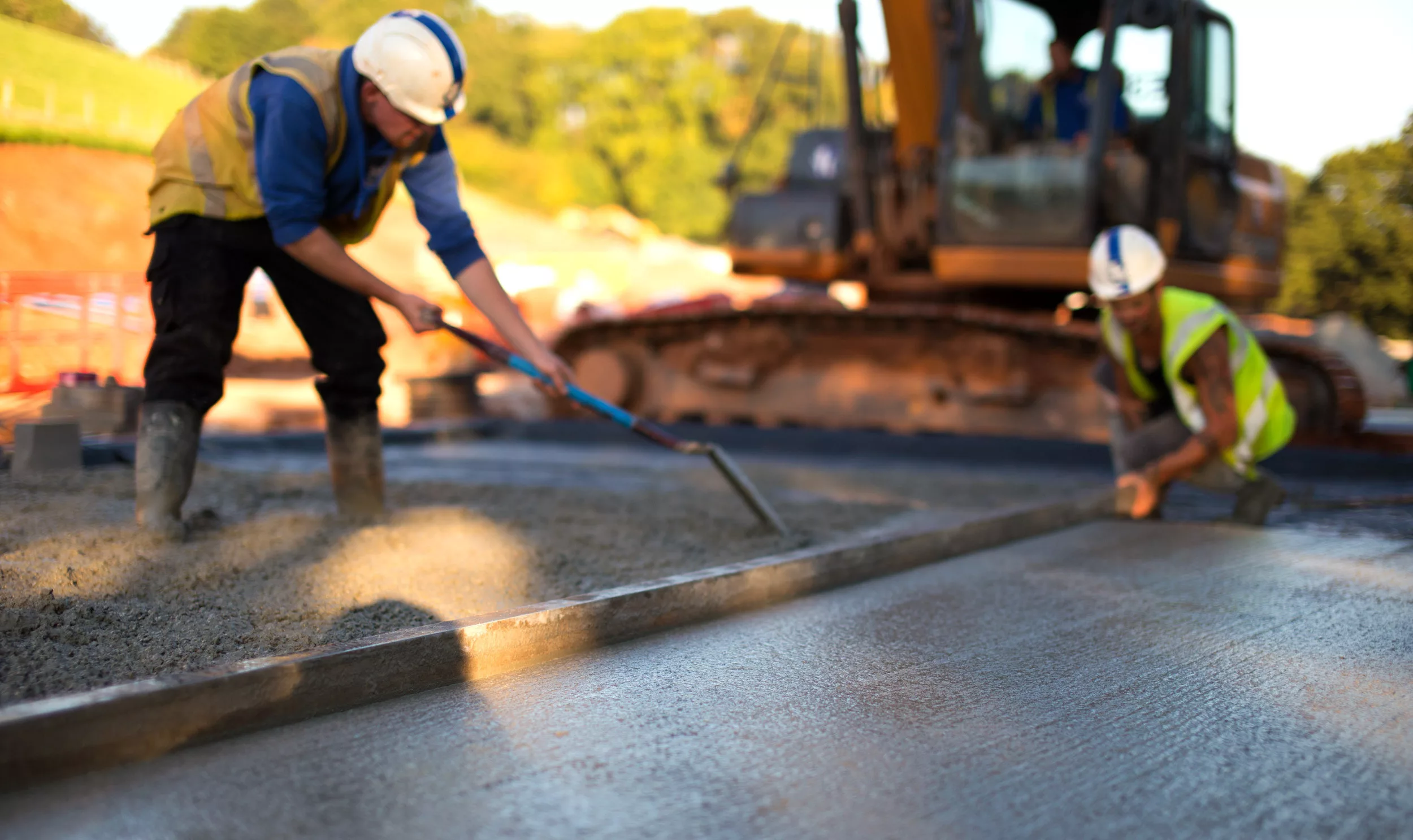
Quicklime is a caustic alkaline material produced by heating limestone in special kilns, used for numerous applications including soil stabilization. Additionally, quicklime has industrial uses including steel making and pulp and paper production.
Before beginning work with quicklime, it is crucial that you gain a full understanding of its use and functionality. As its dust can damage skin and eyes, proper protective gear should always be worn.
It is a natural product
Quicklime is a natural product derived from burning calcium carbonate limestone at high heat.
The combustion forces off carbon dioxide while simultaneously turning the limestone into CaO, an alkaline substance with white or gray powder-like grains. The end result has many industrial uses in construction, environmental, agricultural processes such as water treatment or flue gas desulfurization as well as steel production.
Quicklime reacts with water to form calcium hydroxide (or “lime water”), an exothermic reaction which produces bursts of boiling water and should therefore only be done in an appropriately ventilated environment. You can visit this helpful site to learn more about exothermic reactions.
Prolonged exposure may lead to skin and eye irritation; those who use quicklime should take extra precaution in protecting themselves with protective equipment when handling or making this material.
Slaked lime is an integral component of many gardening products, helping maintain an ideal pH balance in soil. This is essential as many crops don’t thrive under acidic conditions and need an increase in pH level to thrive properly.
Furthermore, it is used extensively as an industrial cleaner before melting metals.
Lime is not only used as an aesthetic garden product; it can also be utilized to produce calcium supplements for human use. When taken orally, calcium oxide passes directly through your digestive system into the bloodstream for use as nutrition.
It is a chemical
Quicklime is a chemical compound produced by burning limestone in kilns.
As a white powder, quicklime can be mixed with various impurities to form composites that have many industrial uses from manufacturing cement to road building.
Other applications of quicklime include water and sewage treatment to reduce acidity levels; paper manufacturing as a coagulant; gas scrubbers to desulfurize waste gases; as well as increasing load bearing capacities of clay soils in concrete products.
Quicklime can be used as an effective decomposition inhibitor and to cover body odor in forensic science investigations.
Additionally, quicklime is also essential when producing laboratory chemicals; for instance it removes fats and lipids from blood samples to stop them coagulating; it is also used to produce calcium hydroxide which forms the base for firefighting pastes and glass-etching pastes and has strong thermal stability as well as being easily soluble with water. You can click the link: https://www.britannica.com/science/calcium-hydroxide to learn more about this material.

It is a mineral
Quicklime (calcium oxide) is a caustic mineral produced by heating natural-occurring limestone rock to temperatures over 900 degrees. When mixed with water, quicklime forms calcium hydroxide (slaked lime), with various industrial and environmental applications.
Due to its versatility, calcium carbonate also serves a number of applications in construction where its reactive qualities make it useful in creating concrete and drying out wet soil.
Quicklime has long been used in construction and other industries, but its versatility extends further. Not only can it neutralize acids but it can also remove toxic heavy metals from groundwater as well as control corrosion during the metal smelting processes.
Quick lime comes in many varieties and grades, each offering unique characteristics and properties. Common varieties include quicklime high calcium, dolomitic and specialty quicklime; to ensure you select the most appropriate product grade for your application it’s important to consult your chemical supplier or manufacturer in advance.
It is a substance
Quicklime is produced from burning calcium carbonate limestone at high temperatures to form a caustic material with white, odorless crystals; this is also referred to as burnt, handpicked or lump lime, calcining lime and caustic lime.
Slaked with water it forms calcium hydroxide (called “hydrated lime”); when added to buildings or used in manufacturing such as glass and enamel industries or refractories it also becomes calcium hydroxide.
Quicklime can quickly convert back to calcium carbonate when exposed to air. Once water is added to quicklime, an exothermic reaction takes place and produces what is known as “slaked lime.”
Quicklime can be hazardous if not used appropriately; its high level of reactivity may cause skin and eye irritation, so proper personal protective equipment should always be worn when handling quicklime. In addition, its intense heat production could potentially ignite flammable materials.
There are many different commercial uses for quicklime; there are also opportunities to use this material at home. It is important to keep in mind that different forms of this material have different properties; always handle them with care.








